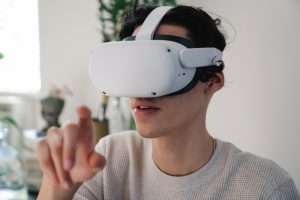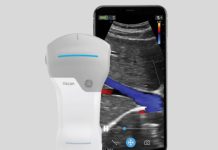Extended reality (XR) technology has been responsible for a whole new gamut of solutions for remote care, in both acute and long-term indications, as well as altogether transforming the process of training new physicians. “Virtual reality has major applications for operative planning, training, and patient therapeutics, while augmented reality has the potential to radically change how data is displayed,” said Dr. Sarah Murthi, a professor of surgery at the University of Maryland School of Medicine. “Virtual reality is a completely digital visual environment; the ‘real world’ cannot be seen. Augmented reality allows both the real world and digital data to be seen at the same time.”
XR, which includes both digital and physical technological tools, has been on the scene for some time, but the emphasis on remote care spurred on by the COVID-19 pandemic has truly brought its importance to the forefront of the healthcare industry. Blending XR with virtual reality (VR) tech is indeed proven to increase the effectiveness of procedural education, but its potential to make patient care much more engaging as well as accessible is indicative of its abundant promise for the entire spectrum of healthcare considerations.
Cedars-Sinai Medical Center has baked VR and XR into many of its processes since 2016, using the technologies to aid the treatment of more than 3,500 patients. The clinic uses a VR consult service to assist patients receiving nonpharmacological treatment in managing pain and anxiety. As the technologies are honed, their affordability makes them viable additions for numerous clinics — headsets now start at around $300, a far cry from the hefty price tags of just a few years ago. The U.S. health system alone has seen more than 200 of its hospitals incorporate VR into clinical practices, and worldwide use has skyrocketed in the past half-decade.























